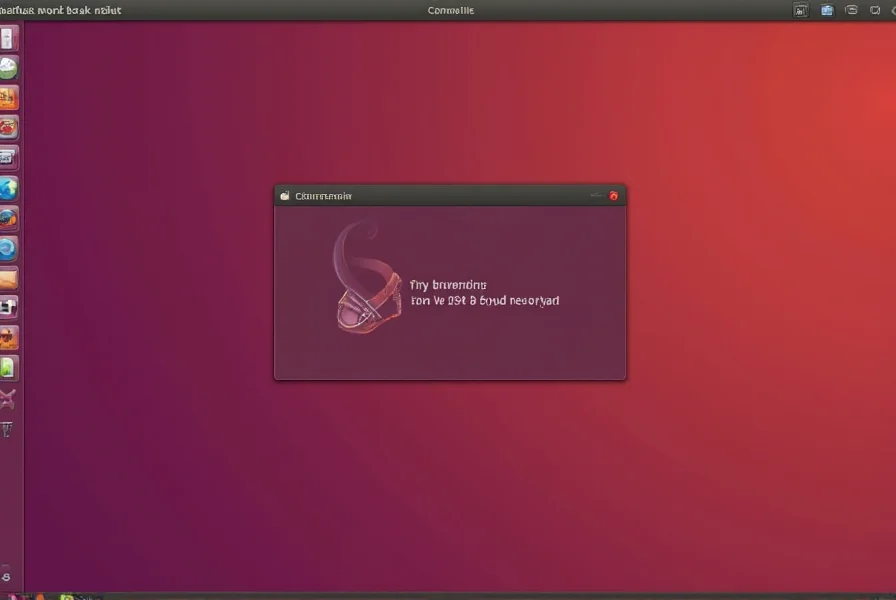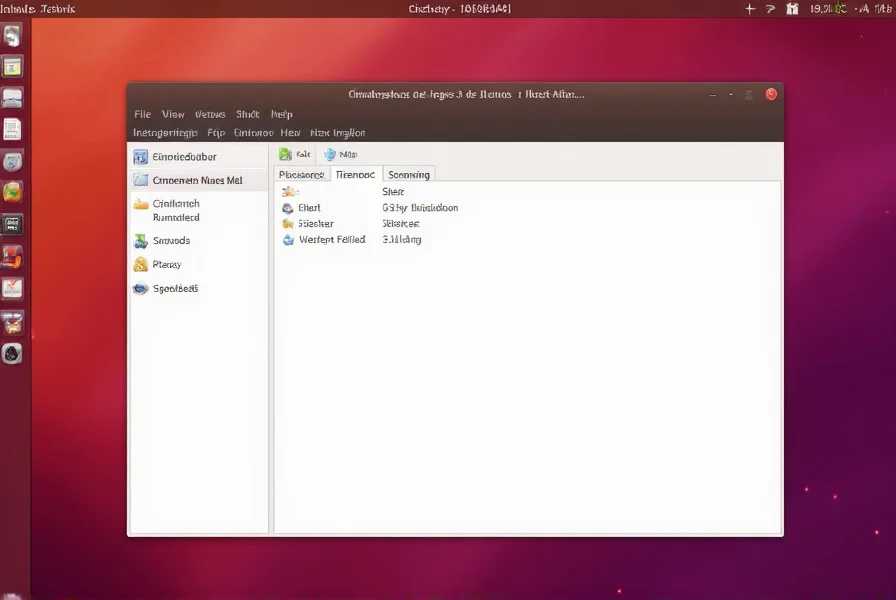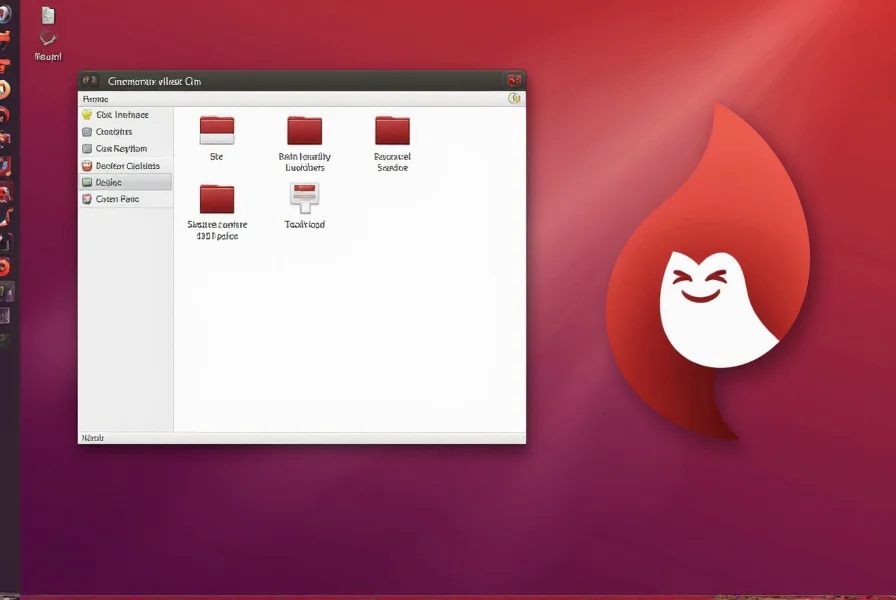Cinnamon desktop provides a classic user experience reminiscent of pre-GNOME 3 interfaces while incorporating contemporary functionality. As one of the most popular Linux desktop environments, it delivers a balance between user-friendliness and advanced customization capabilities that appeals to both new and experienced Linux users.
History and Development of Cinnamon Desktop
Originally created in 2011 by the Linux Mint development team, Cinnamon emerged as a response to GNOME 3's radical interface changes. When GNOME abandoned the traditional desktop metaphor, Linux Mint developers forked GNOME Shell to create Cinnamon—a desktop environment that preserved the familiar panel-and-menu layout users expected while maintaining compatibility with modern Linux technologies.
The project quickly gained traction among Linux users seeking a more conventional desktop experience. Unlike some other desktop environments that require extensive configuration to feel familiar, Cinnamon offers a ready-to-use interface out of the box. Its development philosophy emphasizes accessibility without sacrificing power, making it particularly appealing to users transitioning from Windows environments.
Key Features of the Cinnamon Desktop Environment
Cinnamon distinguishes itself through several signature features that enhance productivity and user experience:
- Traditional layout with bottom panel, system tray, and application menu
- Advanced window management including tiling, snapping, and multi-monitor support
- Extensive theming capabilities allowing complete visual customization
- Applets, desklets, and extensions that extend functionality without cluttering the interface
- Visual effects like window animations and desktop cube for enhanced user experience
- Built-in system settings with intuitive organization and search functionality
| Feature Category | Cinnamon Implementation | Benefit to Users |
|---|---|---|
| Interface Layout | Traditional panel-based with modern refinements | Familiar workflow for Windows/macOS migrants |
| Customization | Themes, applets, desklets, and extensions | Personalize without technical expertise |
| Performance | Optimized for mid-range hardware | Smooth operation on older systems |
| Accessibility | Built-in tools and settings | Support for diverse user needs |
Cinnamon Desktop vs Other Linux Environments
When comparing cinnamon desktop vs gnome, KDE, and XFCE, several distinctions become apparent. While GNOME emphasizes minimalism and workflow innovation, Cinnamon maintains a more conventional approach that many users find immediately accessible. Compared to KDE Plasma's extensive configuration options, Cinnamon offers sufficient customization without overwhelming complexity.
Unlike lightweight environments like XFCE that prioritize resource efficiency above all, Cinnamon strikes a balance between visual appeal and performance. It typically requires more system resources than XFCE but less than KDE Plasma, making it ideal for modern mid-range hardware. The cinnamon desktop linux implementation provides hardware acceleration by default, delivering smooth animations and visual effects without excessive resource consumption.

Who Should Use Cinnamon Desktop?
The cinnamon desktop environment particularly benefits several user groups:
- Windows migrants seeking a familiar interface during Linux transition
- Mid-range hardware users who want visual polish without performance penalties
- Customization enthusiasts who value flexibility without technical complexity
- Productivity-focused users who prefer traditional workflow patterns
- Linux Mint users who benefit from seamless integration with the distribution
For those wondering what cinnamon desktop is capable of, its strength lies in providing immediate usability while offering depth for those who want to explore further. The learning curve is gentle compared to more radical desktop environments, yet it doesn't sacrifice advanced functionality for power users.
Installation and System Requirements
While cinnamon desktop linux installation is most straightforward on Linux Mint (which features it as the default option), it's available for most major distributions. Users can typically install it via their distribution's package manager with commands like sudo apt install cinnamon-desktop-environment on Debian-based systems.
Minimum system requirements include:
- 1 GHz processor (dual-core recommended)
- 2 GB RAM (4 GB recommended for comfortable multitasking)
- 10 GB free disk space
- Graphics card supporting OpenGL 2.0
These modest requirements make cinnamon desktop suitable for both modern systems and older hardware that might struggle with more resource-intensive environments. The cinnamon desktop features include hardware acceleration that leverages modern graphics capabilities while maintaining fallback options for older systems.

Community and Future Development
The cinnamon desktop environment benefits from an active community of developers and users. The Linux Mint team provides regular updates, with development focused on stability, performance improvements, and thoughtful feature additions rather than radical interface changes.
Recent development has emphasized:
- Improved Wayland support for future-proofing
- Enhanced accessibility features
- Better HiDPI display compatibility
- Refined visual effects and animations
- Expanded extension ecosystem
Unlike some desktop environments that undergo frequent disruptive changes, Cinnamon's development philosophy prioritizes evolutionary improvement, ensuring users aren't forced to relearn their workflow with each update—a significant advantage for productivity-focused users.
Frequently Asked Questions
Is Cinnamon desktop better than GNOME for beginners?
Cinnamon generally offers a more intuitive experience for beginners, particularly those transitioning from Windows. Its traditional layout with visible panels, system trays, and straightforward menus reduces the learning curve compared to GNOME's activity-based interface. Many users find cinnamon desktop linux implementation more immediately productive without requiring extensive configuration.
Can I customize Cinnamon desktop extensively?
Yes, cinnamon desktop features one of the most comprehensive customization systems among mainstream Linux desktop environments. Through themes, applets (panel widgets), desklets (desktop widgets), and extensions, you can modify nearly every visual and functional aspect. The built-in system settings provide accessible customization options, while advanced users can delve into CSS modifications for complete control over the interface appearance.
Does Cinnamon desktop work well on older hardware?
Cinnamon performs reasonably well on older hardware, though it's not as lightweight as XFCE or LXQt. On systems with at least 2GB RAM and a dual-core processor, Cinnamon provides a smooth experience. For very old hardware (pre-2010), you might consider the X-Cinnamon session variant which uses Xorg instead of Mutter for better performance, or explore lightweight alternatives while still benefiting from Cinnamon's familiar layout philosophy.
How does Cinnamon compare to MATE desktop?
Both Cinnamon and MATE offer traditional desktop experiences, but with different approaches. MATE is a direct continuation of GNOME 2, preserving its exact workflow and design philosophy. Cinnamon, while inspired by traditional interfaces, incorporates modern elements and more advanced visual effects. Cinnamon generally offers more built-in features and customization options out of the box, while MATE prioritizes simplicity and minimal resource usage. Users preferring a pure GNOME 2 experience might choose MATE, while those wanting modern features with a traditional layout often prefer Cinnamon.
Is Cinnamon desktop still actively developed?
Yes, Cinnamon remains under active development by the Linux Mint team with regular updates and improvements. The development follows a steady release cycle, focusing on stability and incremental enhancements rather than radical changes. Recent development efforts have concentrated on improving Wayland support, enhancing accessibility features, refining visual effects, and expanding the extension ecosystem while maintaining the familiar user experience that has made Cinnamon popular.











 浙公网安备
33010002000092号
浙公网安备
33010002000092号 浙B2-20120091-4
浙B2-20120091-4